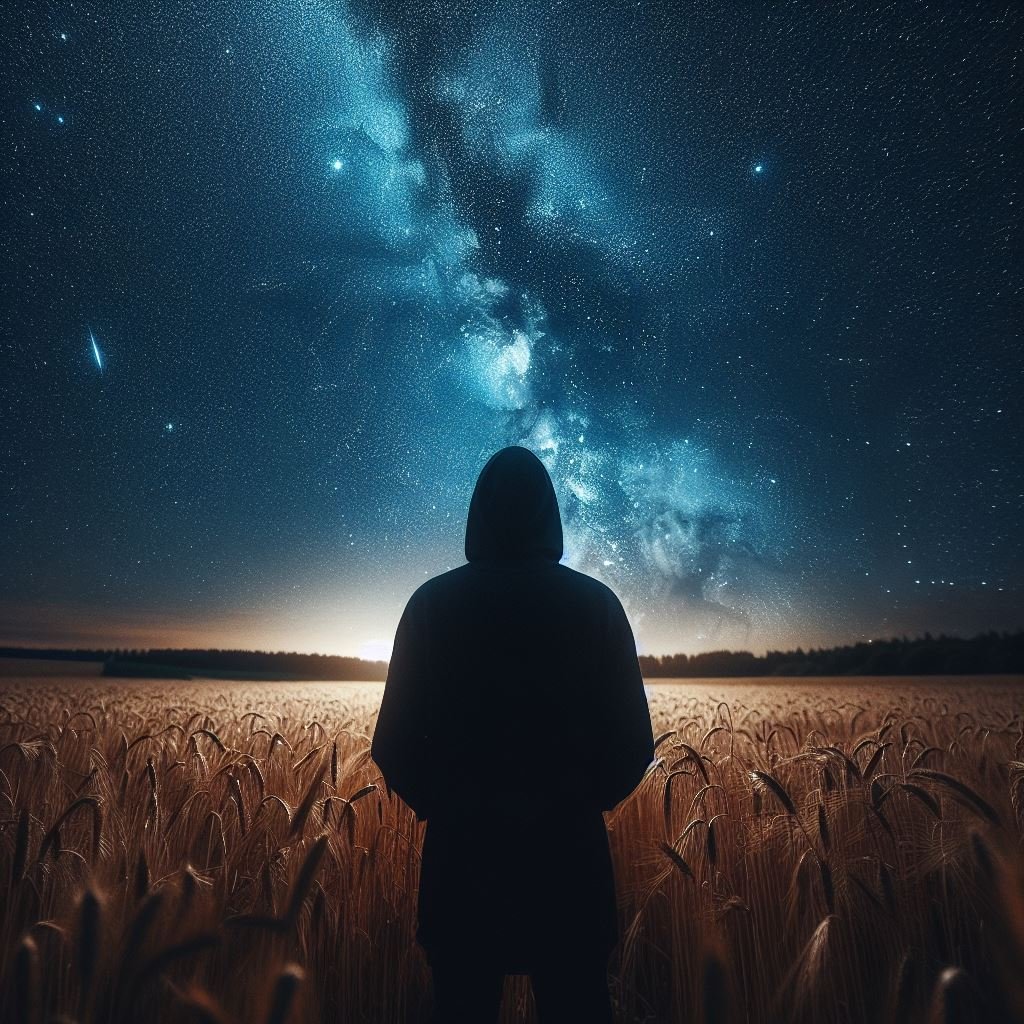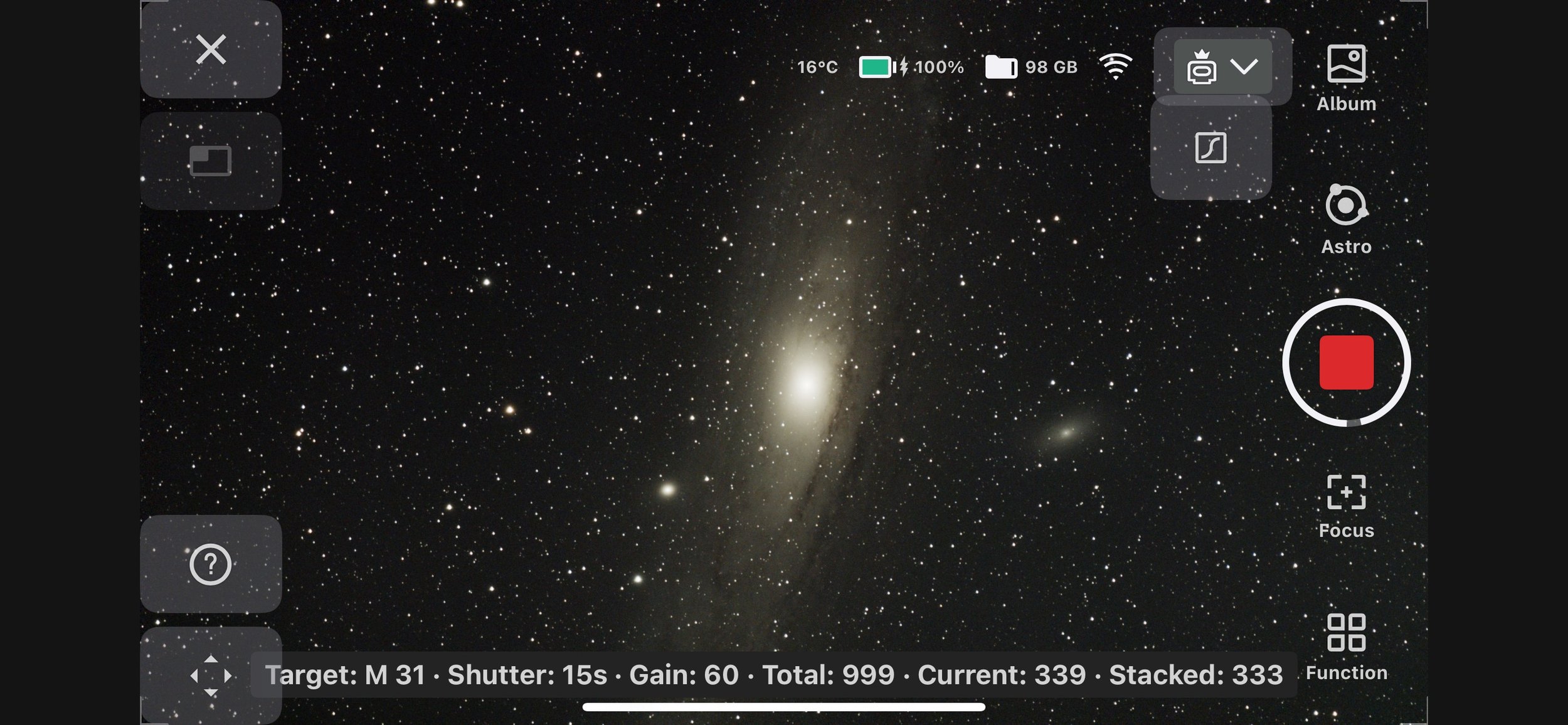
DWARFLAB
Dwarf 3 Smart Telescope
DWARF III Review:
A Revolution in Smart Telescopes
When the DWARF III (D3) smart telescope landed on my doorstep, I was eager to put it through its paces. As someone who's spent countless nights under the stars, I was particularly interested in seeing how this compact marvel would handle deep-sky photography. Spoiler alert: it didn't just meet expectations—it shattered them.
First Light: The Andromeda Adventure
My first target was ambitious: the Andromeda Galaxy (M31). I'll be honest—my initial attempt was a complete disaster. The stacked images were underwhelming, but I quickly realized my mistake: I'd used pre-taken dark frames captured at much higher temperatures. The next night, I cleared the old darks, captured fresh ones at the correct temperature, and ran a 700 x 15-second exposure sequence at Gain 60. The transformation was remarkable, producing images that made me do a double-take.
Deep-Sky Success: The California Nebula Test
One of the most impressive features is the D3's EQ mode. I put this to the test on the California Nebula, and the results spoke for themselves—clean, rotation-free images that would make any astrophotographer proud. The built-in assistant feature made finding the optimal position a breeze, though I did experiment with both the native system and Polar Scope Align Pro for iOS. While the phone app took a bit longer due to gyro sensitivity, both methods proved effective.
Key Features That Set It Apart
Imaging Modes
Astro Mode: The bread and butter for deep-sky objects and astrophotography landscapes
Photo Mode: Excellent daytime shooting with AI-powered object tracking
Solar/Lunar Photography: Dedicated modes for capturing our closest celestial neighbors
Video Mode: New capability to capture footage through either lens
Panorama Mode: Creates stunning wide-field composite images
Time-lapse Mode: Perfect for capturing celestial movements
Auto Capture Mode: AI-powered automatic tracking of birds and aerial phenomena
Built-in Filters
VIS filter for daytime photography
Astro filter for general astrophotography and light pollution reduction
Dual-Band filter for capturing nebula colors in stunning detail
Smart Features
Scheduler Mode: Set it and forget it—the D3 will capture your target list throughout the night
Cloud Rejection: Automatically discards images affected by cloud cover
AI Noise Reduction: Produces share-ready images with minimal processing
Multi-User Support: Allows one host and two nodes for shared viewing sessions
The Technology Behind the Magic
The D3 represents a significant upgrade from its predecessor, featuring: - SONY IMX678 Starvis2 sensor - Wider aperture and improved optics - Enhanced calibration tools - Robust automation features
Room for Improvement
While the D3 excels in many areas, there are a few considerations: - The built-in camera, while impressive for its size, won't replace professional-grade astrophotography setups - Battery life in cold conditions could be better, though this is easily solved with an external LiFePo4 battery pack
The Verdict
The DWARF III is more than just an evolution—it's a revolution in portable astrophotography. Whether you're capturing the spiraling arms of Andromeda or the intricate details of the California Nebula, the D3 delivers results that were previously unthinkable in such a compact package. The combination of smart automation, reliable performance, and user-friendly features makes it an outstanding choice for both beginners and experienced astrophotographers.
One pro tip from my experience: always ensure your dark frames match your shooting temperature for optimal results. While this might seem obvious to veterans, it's a crucial detail that can make or break your imaging session.


